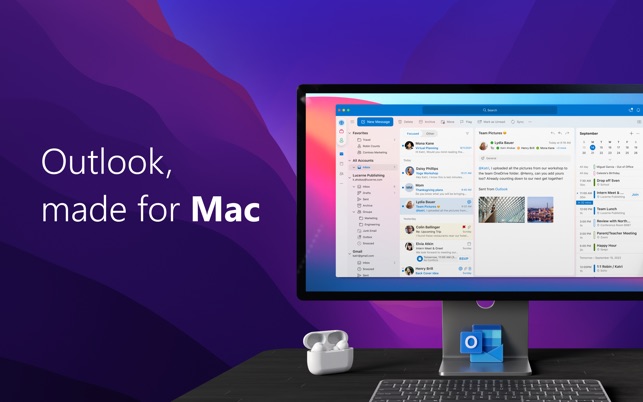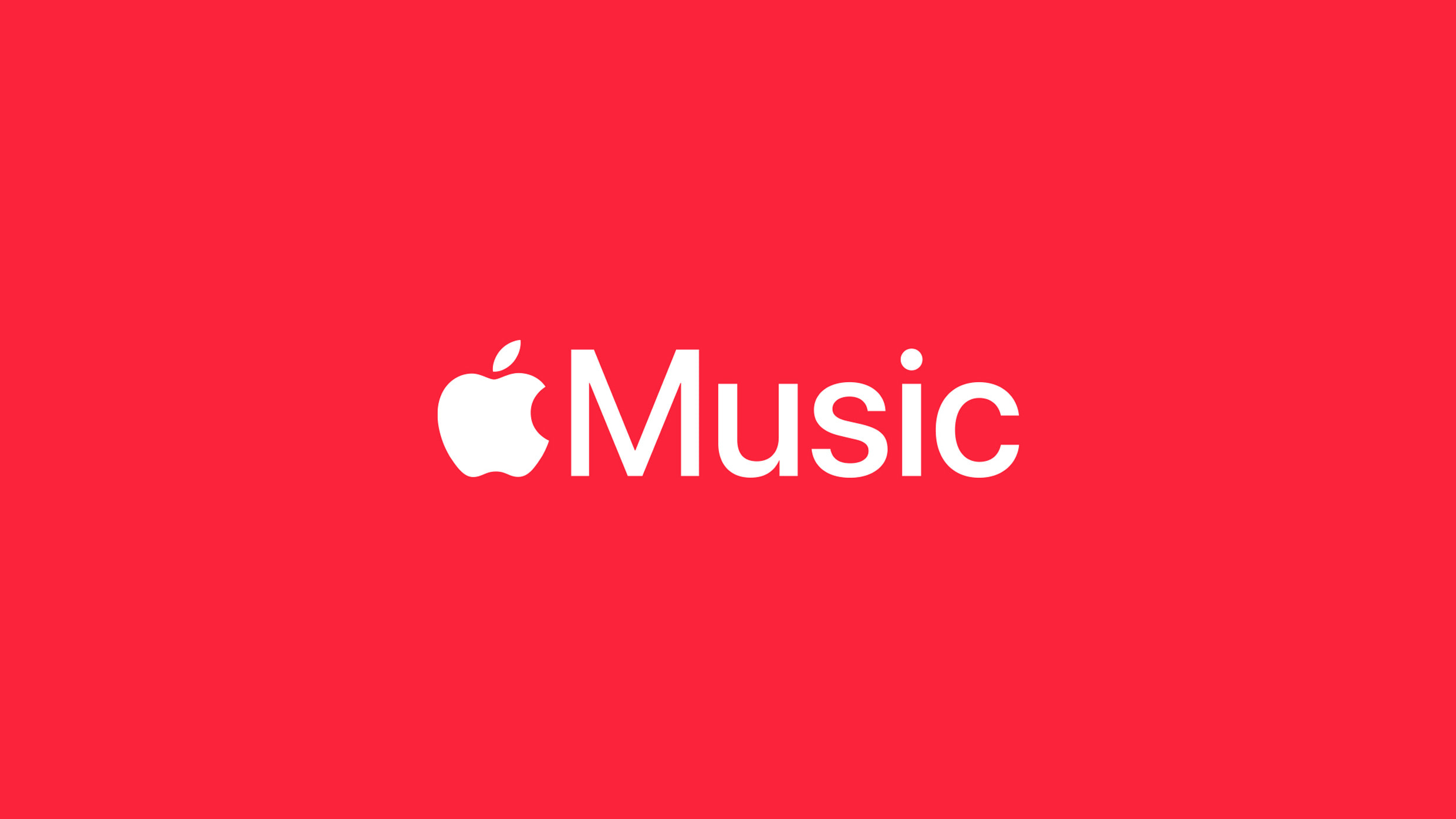Last year, we shared news about Apple taking legal action against Andrew Aude, their former software engineer, for sharing secrets about upcoming projects, including details on the Journal app and Vision Pro headset.
According to 9to5Mac, the lawsuit was dropped on Thursday by the Santa Clara County Superior Court after Apple and Aude came to terms on a settlement. The details of this settlement aren’t public, but Aude made an apology online.
On the social media site X, which used to be Twitter, Aude admitted that leaking information was a “big and costly error.”
Here’s what Aude said in his apology:
“I worked at Apple as a software engineer for almost eight years. I had access to a lot of private company info, including details about products that weren’t out yet. But instead of keeping these secrets, I shared them with journalists. I didn’t see it then, but it was a huge mistake. It ruined friendships and professional connections I’d built over years. My career in software engineering took a hit, and it’s going to be tough to start over. Leaking wasn’t worth it. I’m truly sorry to my colleagues who worked so hard on these projects and kept them confidential. They deserved better.”
Aude started at Apple in 2016, focusing on improving battery life, and was let go in 2023 after his leaks came to light. For more on this story, check out our previous articles on the lawsuit.



